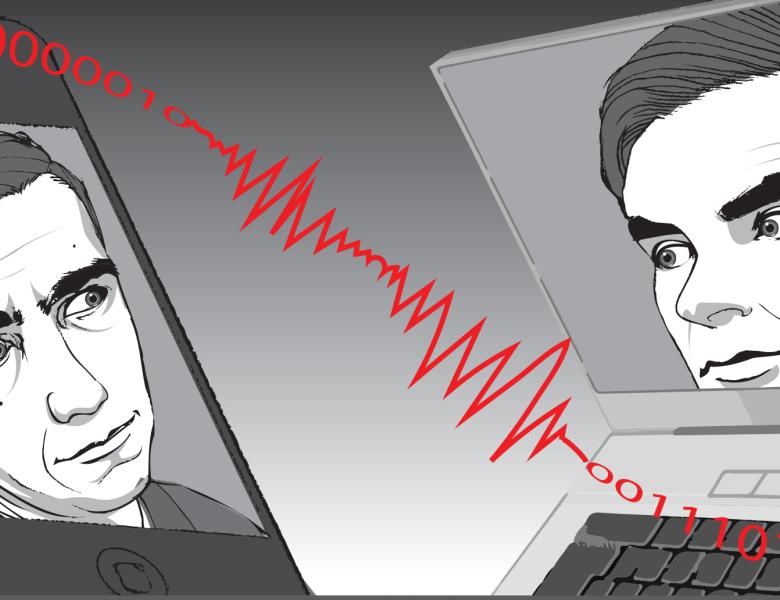
Abstract
We consider the problem of estimating the value of max cut in a graph in the streaming model of computation.
At one extreme, there is a trivial $2$-approximation for this problem that uses only $O(\log n)$ space, namely, count the number of edges and output half of this value as the estimate for max cut value. On the other extreme, if one allows $\tilde{O}(n)$ space, then a near-optimal solution to the max cut value can be obtained by storing an $\tilde{O}(n)$-size sparsifier that essentially preserves the max cut. An intriguing question is if poly-logarithmic space suffices to obtain a non-trivial approximation to the max-cut value (that is, beating the factor $2$). It was recently shown that the problem of estimating the size of a maximum matching in a graph admits a non-trivial approximation in poly-logarithmic space.
Our main result is that any streaming algorithm that breaks the $2$-approximation barrier requires $\tilde{\Omega}(\sqrt{n})$ space even if the edges of the input graph are presented in random order. Our result is obtained by exhibiting a distribution over graphs which are either bipartite or $\frac{1}{2}$-far from being bipartite, and establishing that $\tilde{\Omega}(\sqrt{n})$ space is necessary to differentiate between these two cases. Thus as a direct corollary we obtain that $\tilde{\Omega}(\sqrt{n})$ space is also necessary to test if a graph is bipartite or $\frac{1}{2}$-far from being bipartite.
We also show that for any $\epsilon > 0$, any streaming algorithm that obtains a $(1 + \epsilon)$-approximation to the max cut value when edges arrive in adversarial order requires $n^{1 - O(\epsilon)}$ space, implying that $\Omega(n)$ space is necessary to obtain an arbitrarily good approximation to the max cut value.


